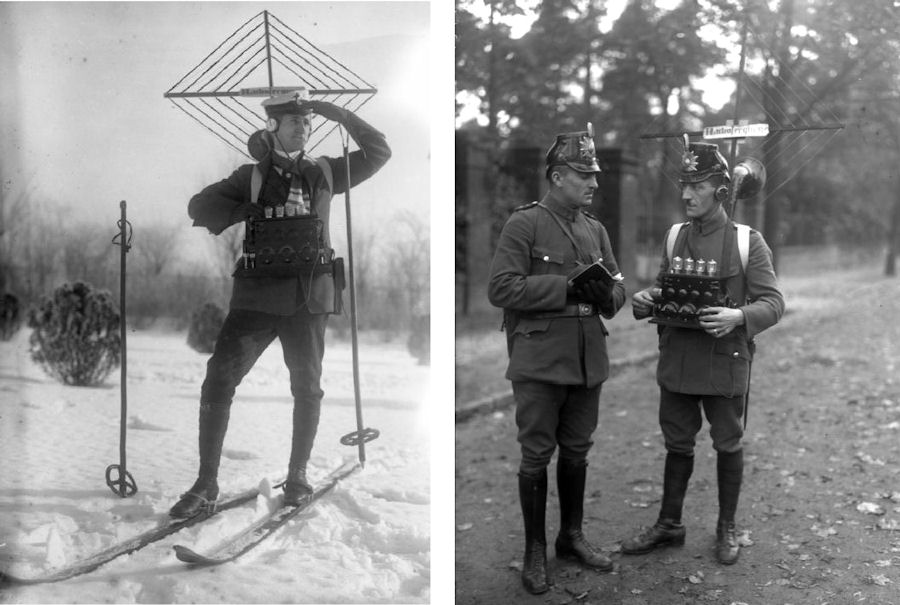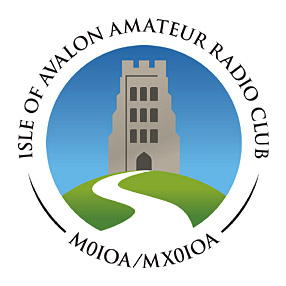An 80m Spiral Loop
It’s always tough to get on 80m. Two of us in the IoAARC have an interest in Worked all Britain (WAB) who have their nets on 80m - propagation often favours the lower bands for inter-UK contacts in the daytime. The trouble with this is you get to string 40m of wire for a dipole - you need real estate. In the field that’s a lot of wire and a lot of trip hazard. In an idea world for DX working you would get this 40m up in the air, too. However, for inter-G working there’s a case for NVIS which lets you run the antenna lower, sending more of the RF vertically, though also suffering more ground losses. At home I have an 80m skyloop - a full wave loop of about 80m of wire in a horizontal-ish plane about 7m above ground.
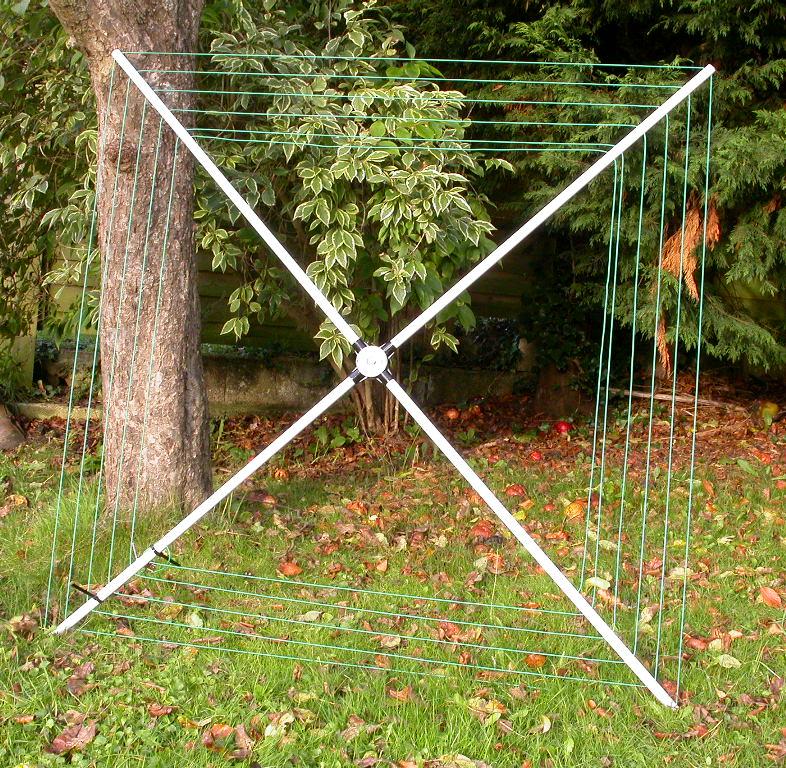
Construction
This sort of rig is not favourable for /p operation, so we were intrigued by Harry SM0VPO’s site which featured an 80m spiral frame antenna. I found nonstop systems description easier to follow, though I didn’t putz around with choc blocks for the small loop, taking the wire through the frame to the BNC in the centre housing. Tuning is quite sharp, and slightly susceptible to hand capacity..
I used 20mm plastic electrical conduit for the frame - Screwfix is a local supplier, and conduit is reasonably cheap. There’s not more than about £10 worth of parts in this. A 4-way box forms the centre piece. I used sotabeams heavy duty antenna cable for the spiral and feed. This antenna is a transformer loop design, and these tend to have high circulating currents, favouring thicker wire. However, mains flex would work just as well, as N4SPP used.
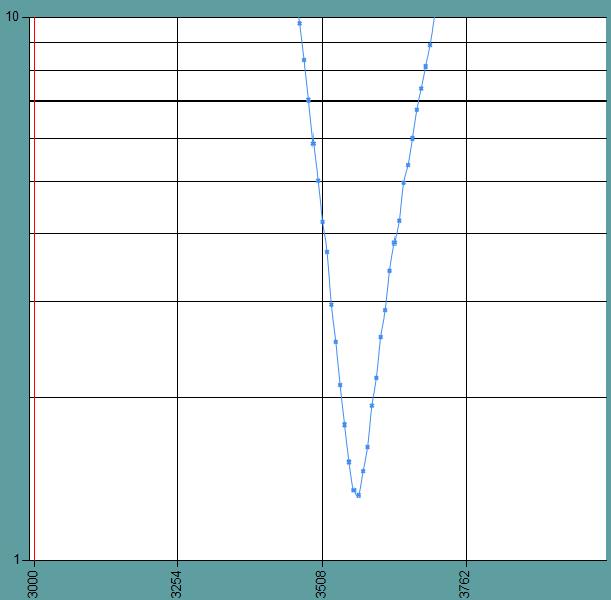
Testing with WSPR
Taking the SWR of the loop showed it could be tuned to the WSPR 80m frequency well, and I used it with the Raspberry Pi WSPR transmitter from earlier on. I started with the large 80m skyloop to establish that the Pi was working and could get out in principle, then switched over to the spiral at 19:22 UTC on the 27th so 95% of the trace is on the spiral. There is a QRP 80m low-pass filter after the amplifier but no matching and no balun, a MFJ SWR meter was used to tune the loop capacitor and take the SWR plot.
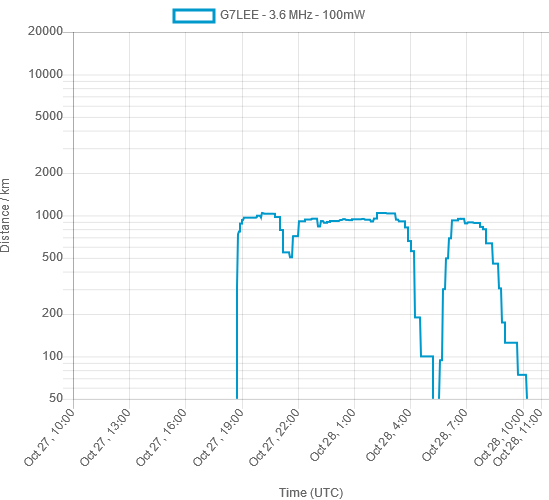
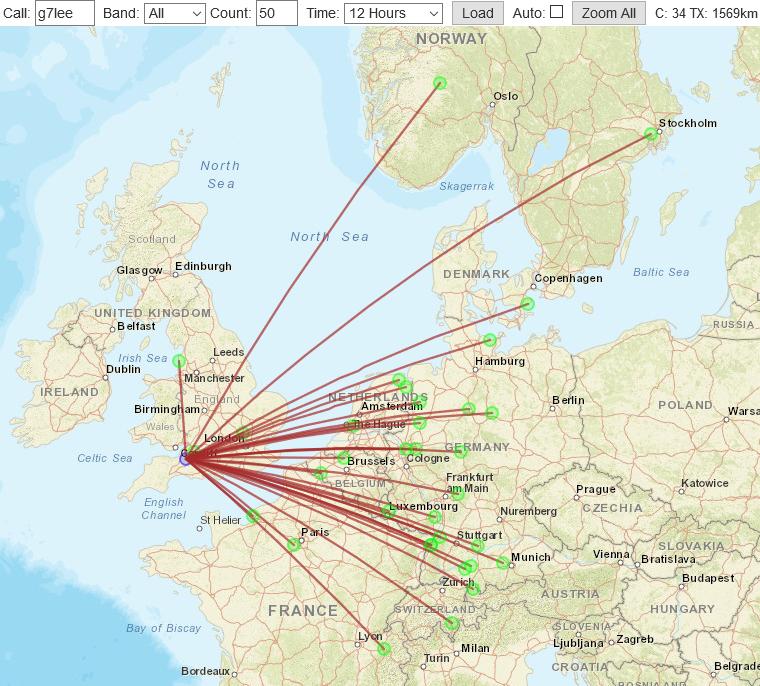
Unfortunately there aren’t really enough UK WSPR stations monitoring to give a useful daytime indication of inter-G propagation/signal strength. WAB is mainly a SSB operation centred on 3.760 MHz in the 80m band. It remains to be seen how well this gets out in NVIS operation. On WSPR the spiral loop compares reasonably well with the skyloop when operated with the loop in a horizontal plane (ie raised up like a halo). I have not tested it in a vertical plane, where it might be able to discriminate against noise sources, because initial tests that way resting on the ground did not seem to be received with WSPR.
Test on SSB with WebSDRs
I tested this on 12W SSB with RAF Hack Green. I was received at 57 at Hack Green. The highest power the spiral will take with my variable capacitor of a little over 1mm plate separation is 75W before it arcs. Hack Green is 136 miles away and definitely not line of sight so propagation is most likely NVIS. I was also received 110 miles away at Wheathampstead north of London and 155 miles away at Conwy in North Wales but I failed to be heard in Scotland. These tests were done in the middle of the day, 10:30 UTC to hackgreen and the others were done 14:40 UTC, so definitely daytime propagation typical of WAB.
Conclusion
The spiral loop worked better than one would expect to, comparable with the full size sky loop for NVIS. It is tough doing comparisons on air, the full-size loop seemed to be better on RX in terms of signal to noise. It is a little bit unwieldy for /p but shows some promise if the walk is not too long. I found it much better in the horizontal plane raised up 2m. There is some directionality when used in the vertical plane but results were poor, but this may be because most of the antenna is closer to the ground when I tried this.
A useful addition for some kinds of contacts, like WAB, on a band that’s hard to get on for many people. This is not a DX antenna in the horizontal plane that I tested it in. As with many small antennas, tuning is very sharp, the range over which SWR is satisfacotry is much narrower than with a dipole or the full-size loop.
The spiral loop idea dates back nearly a century -
